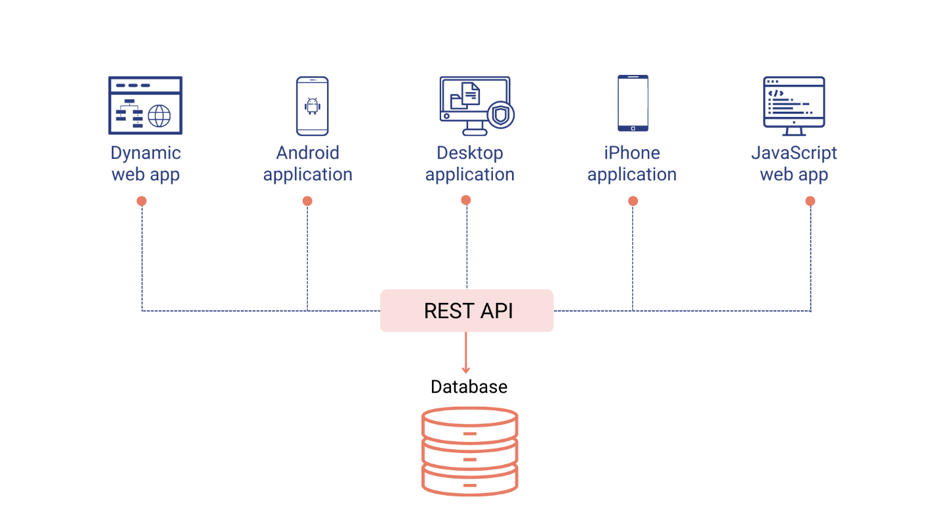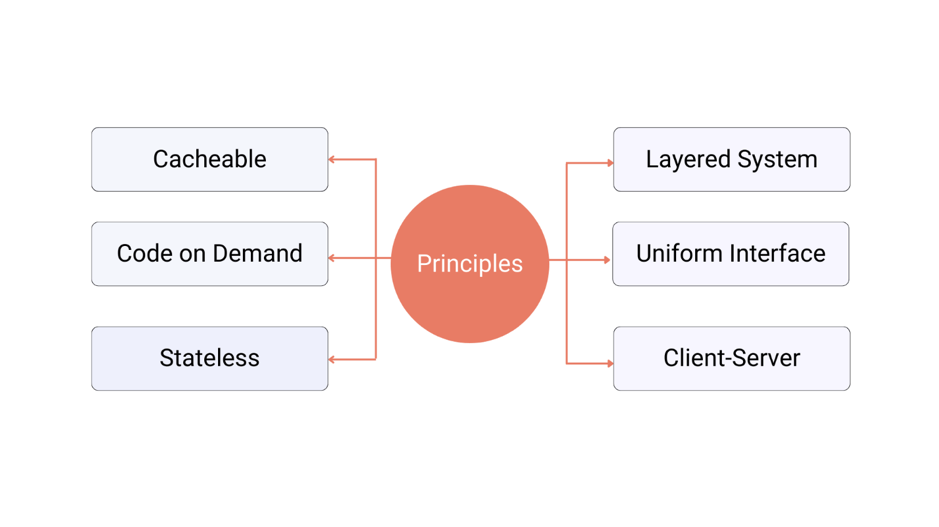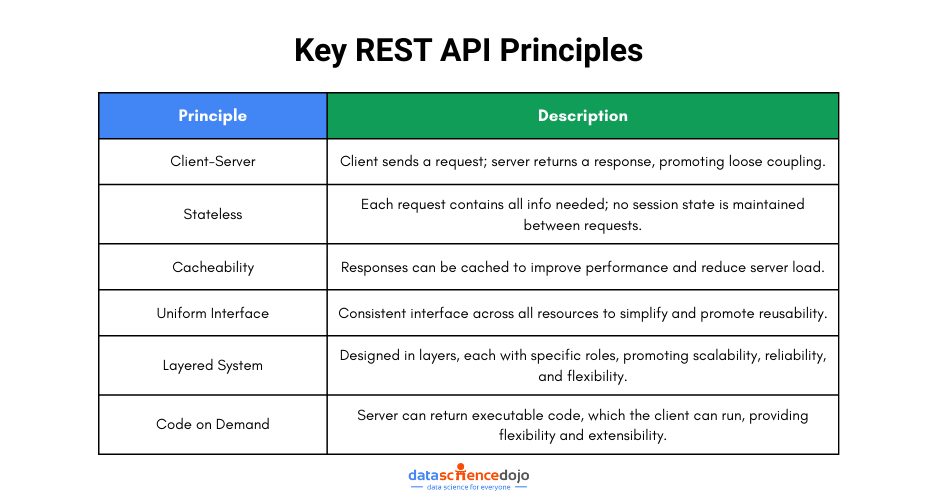The Python Requests library is the go-to solution for making HTTP requests in Python, thanks to its elegant and intuitive API that simplifies the process of interacting with web services and consuming data in the application.
With the Requests library, you can easily send a variety of HTTP requests without worrying about the underlying complexities. It is a human-friendly HTTP Library that is incredibly easy to use, and one of its notable benefits is that it eliminates the need to manually add the query string to the URL.

HTTP Methods
When an HTTP request is sent, it returns a Response Object containing all the data related to the server’s response to the request. The Response object encapsulates a variety of information about the response, including the content, encoding, status code, headers, and more.
GET is one of the most frequently used HTTP methods, as it enables you to retrieve data from a specified resource. To make a GET request, you can use the requests.get() method.
>> response = requests.get(‘https://api.github.com’)
The simplicity of Requests’ API means that all forms of HTTP requests are straightforward. For example, this is how you make an HTTP POST request:
>> r = requests.post(‘https://httpbin.org/post’, data={‘key’: ‘value’})
POST requests are commonly used when submitting data from forms or uploading files. These requests are intended for creating or updating resources, and allow larger amounts of data to be sent in a single request. This is an overview of what Request can do.
Real-world applications
Requests library’s simplicity and flexibility make it a valuable tool for a wide range of web-related tasks in Python, here are few basic applications of requests library:
1. Web scraping:
Web scraping involves extracting data from websites by fetching the HTML content of web pages and then parsing and analyzing that content to extract specific information. The Requests library is used to make HTTP requests to the desired web pages and retrieve the HTML content. Once the HTML content is obtained, you can use libraries like BeautifulSoup to parse the HTML and extract the relevant data.
2. API integration:
Many web services and platforms provide APIs that allow you to retrieve or manipulate data. With the Requests library, you can make HTTP requests to these APIs, send parameters, headers, and handle the responses to integrate external data into your Python applications. We can also integrate the OpenAI ChatGPT API with the Requests library by making HTTP POST requests to the API endpoint and send the conversation as input to receive model-generated responses.
3. File download/upload:
You can download files from URLs using the Requests library. It supports streaming and allows you to efficiently download large files. Similarly, you can upload files to a server by sending multipart/form-data requests. requests.get() method is used to send a GET request to the specified URL to download large files, whereas, requests.post() method is used to send a POST request to the specified URL for uploading a file, you can easily retrieve files from URLs or send files to a server. This is useful for tasks such as downloading images, PDFs, or other resources from the web or uploading files to web applications or APIs that support file uploads.
4. Data collection and monitoring:
Requests can be used to fetch data from different sources at regular intervals by setting up a loop to fetch data periodically. This is useful for data collection, monitoring changes in web content, or tracking real-time data from APIs.
5. Web testing and automation:
Requests can be used for testing web applications by simulating various HTTP requests and verifying the responses. The Requests library enables you to automate web tasks such as logging into websites, submitting forms, or interacting with APIs. You can send the necessary HTTP requests, handle the responses, and perform further actions based on the results. This helps in streamlining testing processes, automating repetitive tasks, and interacting with web services programmatically.
6. Authentication and session management:
Requests provides built-in support for handling different types of authentication mechanisms, including Basic Auth, OAuth, and JWT, allowing you to authenticate and manage sessions when interacting with web services or APIs. This allows you to interact securely with web services and APIs that require authentication for accessing protected resources.
7. Proxy and SSL handling
Requests provides built-in support for working with proxies, enabling you to route your requests through different IP addresses, by passing the ‘proxies’ parameter with the proxy dictionary to the request method, you can route the request through the specified proxy, if your proxy requires authentication, you can include the username and password in the proxy URL. It also handles SSL/TLS certificates and allows you to verify or ignore SSL certificates during HTTPS requests, this flexibility enables you to work with different network configurations and ensure secure communication while interacting with web services and APIs.
8. Microservices and serverless architecture
In microservices or serverless architectures, where components communicate over HTTP, the Requests library can be used to make requests between different services, establish communication between different services, retrieve data from other endpoints, or trigger actions in external services. This allows for seamless integration and collaboration between components in a distributed architecture, enabling efficient data exchange and service orchestration.
Best practices for using the Requests library
Here are some of the practices that are needed to be followed to make good use of Requests Library.
1. Use session objects
Session object persists parameters and cookies across multiple requests being made. It allows connection pooling which means that instead of creating a new connection every time you make a request, it holds onto the existing connection and saves time. In this way, it helps to gain significant performance improvements.
2. Handle errors and exceptions
It is important to handle errors and exceptions while making requests. The errors can include problems with the network, issues on the server, or receiving unexpected or invalid responses. You can handle these errors using try-except block and the exception classes in the Requests library.
By using try-except block, you can anticipate potential errors and instruct the program on how to handle them. In case of built-in exception classes you can catch specific exceptions and handle them accordingly. For example, you can catch a network-related error using the requests.exceptions.RequestException class, or handle server errors with the requests.exceptions.HTTPError class.
3. Configure headers and authentication
The Requests library offers powerful features for configuring headers and handling authentication during HTTP requests. HTTP headers serve an important purpose in communicating specific instructions and information between a client (such as a web browser or an API consumer) and a server. These headers are particularly useful for tailoring the server’s response according to the client’s needs.
One common use case for HTTP headers is to specify the desired format of the response. By including an appropriate header, you can indicate to the server the preferred format, such as JSON or XML, in which you would like to receive the data. This allows the server to tailor the response accordingly, ensuring compatibility with your application or system.
Headers are also instrumental in providing authentication credentials. The Requests library supports various authentication methods, such as Basic Auth, OAuth, or using API keys.
It is crucial to ensure that you include necessary headers and provide the required authentication credentials while interacting with web services, it helps you to establish secure and successful communication with the server.
4. Leverage response handling
The Response object that is received after making a request using Requests library, you need to handle and process the response data effectively. There are various methods to access and extract the required information from the response.
For example, parsing JSON data, accessing headers, and handling binary data.
5. Utilize timeout
When making requests to a remote server using methods like ‘requests.get’ or ‘requests.put’, it is important to consider potential for long response times or connectivity issues. Without a timeout parameter, these requests may hang for an extended period, which can be problematic for backend systems that require prompt data processing and responses.
For this purpose, it is recommended to set a timeout when making the HTTP requests using the timeout parameter, it helps to prevent the code from hanging indefinitely and raise the TimeoutException indicating that request has taken longer tie than the specified timeout period.
Overall, the requests library provides a powerful and flexible API for interacting with web services and APIs, making it a crucial tool for any Python developer working with web data.
Wrapping up
As we wrap up this blog, it is clear that the Requests library is an invaluable tool for any developer working with HTTP-based applications. Its ease of use, flexibility, and extensive functionality makes it an essential component in any developer’s toolkit
Whether you’re building a simple web scraper or a complex API client, Requests provides a robust and reliable foundation on which to build your application. Its practical usefulness cannot be overstated, and its widespread adoption within the developer community is a testament to its power and flexibility.
In summary, the Requests library is an essential tool for any developer working with HTTP-based applications. Its intuitive API, extensive functionality, and robust error handling make it a go-to choice for developers around the world.







